Home improvement trends come and go, and over the years, several once-popular products have quietly disappeared from stores. Whether due to safety concerns, environmental regulations, or shifting consumer preferences, many homeowners may not even realize that some of their favorite upgrades are no longer available. From outdated flooring materials to once-beloved appliances, these features were once considered cutting-edge but have since been replaced by better alternatives. If you’re planning renovations, here are some popular home improvement products that you may be surprised to learn have been phased out.
1. Popcorn Ceiling Spray
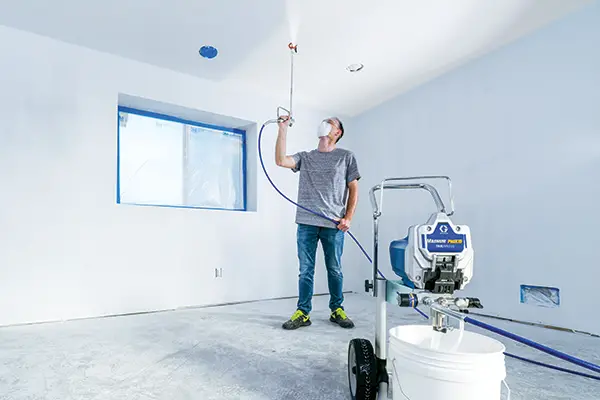
Once a staple in mid-century homes, popcorn ceiling spray was widely used to create textured ceilings and hide imperfections. Homeowners loved its affordability and ability to cover drywall flaws without much effort. However, concerns about asbestos in older formulas and the difficulty of removal led to its decline. Most modern homes now favor smooth ceilings or subtle textures applied with safer materials.
Beyond the health concerns, popcorn ceilings have also fallen out of favor due to their outdated appearance. They tend to collect dust and are nearly impossible to clean without causing damage. Many homeowners now pay professionals to have them removed, opting for sleek, modern alternatives. As a result, most home improvement stores no longer sell popcorn ceiling spray, pushing homeowners toward safer, more stylish finishes.
2. Lead-Based Paint
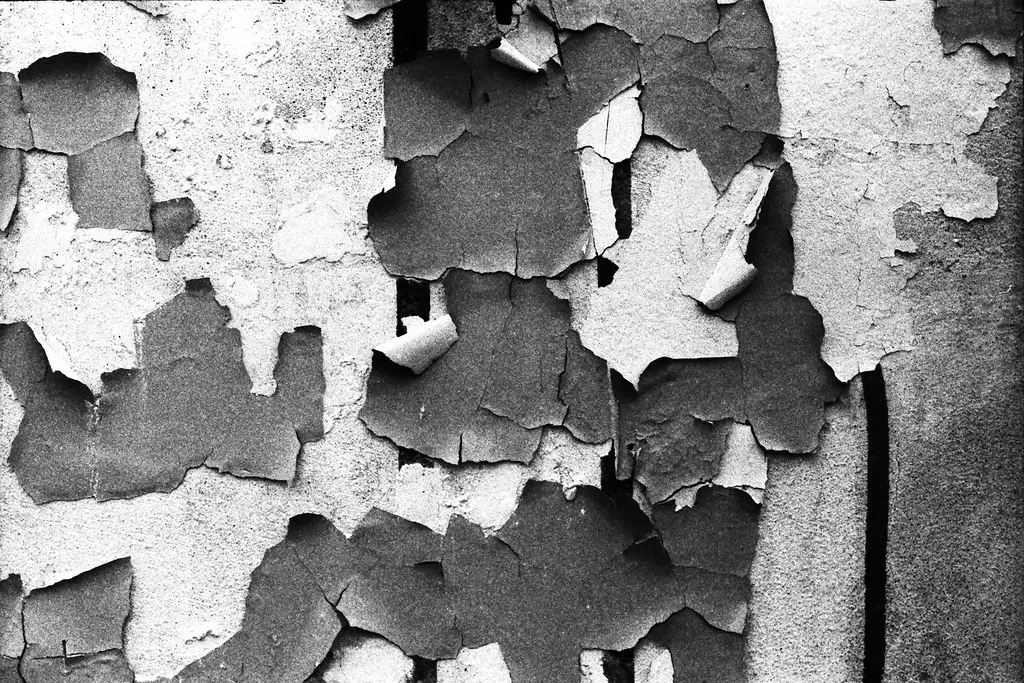
Lead-based paint was once the gold standard for durability, used in millions of homes before its dangers were fully understood. It provided excellent coverage and a long-lasting finish, making it a favorite choice for walls, doors, and trim. However, the discovery of lead poisoning risks, particularly for children, led to its ban in the U.S. in 1978. While older homes may still contain traces of lead-based paint, it’s no longer available for purchase.
Modern paints now focus on being low-VOC (volatile organic compounds) and environmentally friendly. While they may not be as durable as lead-based formulas, they are much safer for indoor air quality. Homeowners looking to repaint older homes should test for lead before sanding or removing old layers. Professional abatement may be necessary to ensure safety, highlighting why this once-common product has disappeared from shelves.
3. Single-Pane Windows
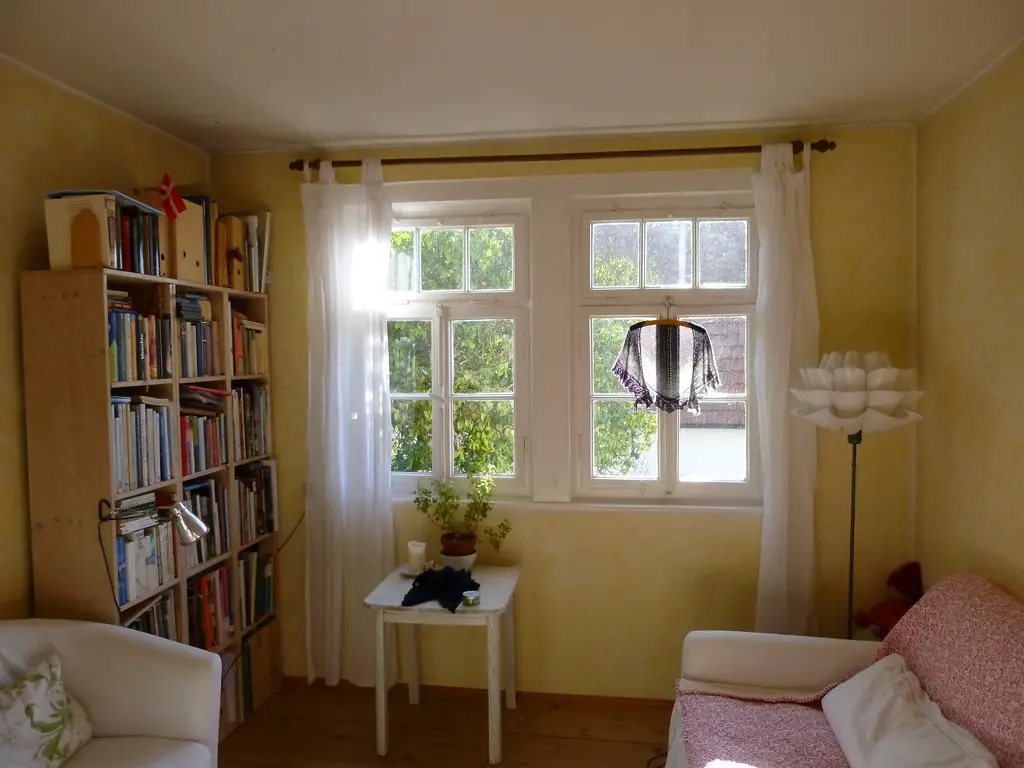
For decades, single-pane windows were the standard in home construction due to their affordability. However, they offer poor insulation, allowing heat to escape in winter and enter in summer, leading to higher energy bills. As energy efficiency standards evolved, double- and triple-pane windows became the preferred choice, making single-pane windows obsolete. Many states now require energy-efficient windows in new construction, further pushing out the older style.
Homeowners who still have single-pane windows often struggle with noise pollution and condensation buildup. Modern windows not only improve insulation but also offer UV protection and better soundproofing. While some historic homes still feature single-pane glass for authenticity, most homeowners have switched to energy-efficient alternatives. The disappearance of single-pane windows reflects the growing emphasis on sustainability in home design.
4. Fluorescent Tube Lighting

Fluorescent tube lighting was once the go-to option for garages, kitchens, and office spaces due to its bright output and efficiency. However, the introduction of LED lighting has largely replaced it, offering longer-lasting, more energy-efficient options. Many fluorescent tubes contain mercury, posing an environmental hazard if not disposed of properly. As LED prices have dropped and their quality improved, manufacturers have phased out many fluorescent tube models.
LED fixtures now offer customizable brightness and color temperature, giving homeowners greater control over lighting ambiance. Unlike fluorescent lights, LEDs turn on instantly without flickering and last significantly longer. The ban on certain fluorescent models in various countries has further accelerated their decline. As a result, home improvement stores now stock primarily LED-based options, making it harder to find replacement fluorescent tubes.
5. Shag Carpeting
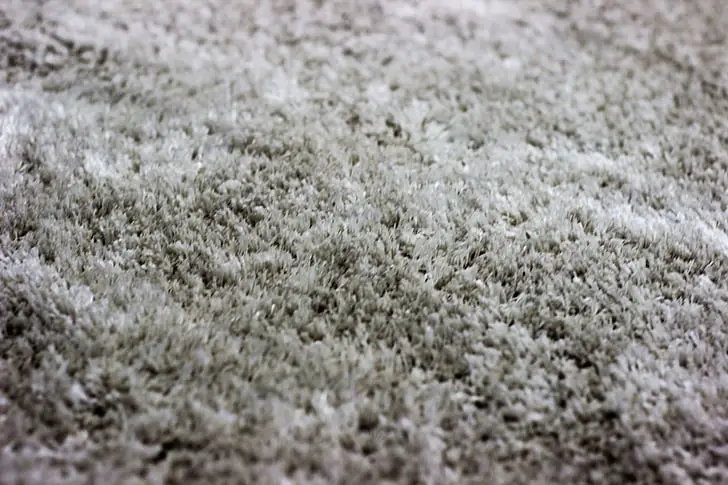
Shag carpeting was a symbol of luxury in the 1960s and 1970s, known for its deep pile and soft feel. However, its high-maintenance nature and tendency to trap dust and allergens led to its decline. Vacuuming was difficult due to the thick fibers, and stains were nearly impossible to remove. Over time, homeowners began favoring low-pile carpets, hardwood, or luxury vinyl flooring for easier upkeep.
While modern carpets still offer plush options, shag has largely disappeared from mainstream home improvement stores. The rise of hypoallergenic and stain-resistant carpets has pushed shag into niche markets. Many homeowners now prefer area rugs for a similar aesthetic without the hassle of wall-to-wall shag carpeting. Unless you’re going for a full retro revival, you’re unlikely to find shag carpeting in most modern flooring stores.
6. Solar Water Heaters with Roof Tanks

Older solar water heaters with bulky roof tanks were once a popular way to reduce energy bills. These systems relied on gravity to heat and store water, making them a simple yet effective solution for eco-conscious homeowners. However, their large size, heavy weight, and maintenance challenges made them less appealing over time. Modern solar water heating systems now use sleeker, tankless designs that are more efficient and easier to install.
The shift toward high-efficiency tankless water heaters has contributed to the decline of traditional solar tanks. Newer models work with integrated heat pump systems or photovoltaic solar panels, offering better performance. Many municipalities have also tightened building codes, limiting the use of heavy rooftop tanks due to structural concerns. As a result, traditional solar water heaters with roof tanks have become nearly impossible to find.
7. Built-In Intercom Systems
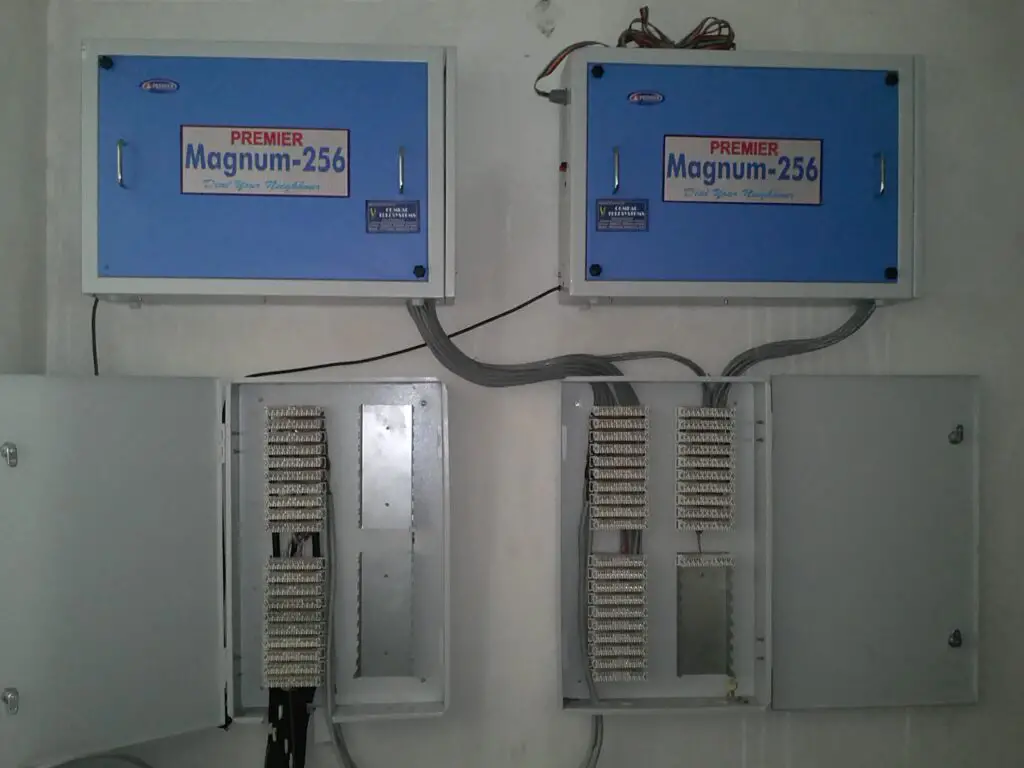
During the 1980s and 1990s, built-in intercom systems were a common home upgrade, allowing residents to communicate between rooms. However, with the rise of smartphones and smart home technology, these systems have become obsolete. Wireless smart speakers and video doorbells now offer superior communication options with added security features. Homeowners no longer need to install wired intercom panels throughout their houses.
The cost and complexity of repairing older intercom systems have further contributed to their decline. Many homebuyers see them as outdated and prefer modern alternatives like voice-controlled assistants (e.g., Amazon Alexa or Google Nest). The resale value of homes with outdated intercom systems is often lower, prompting many sellers to remove or update them. As a result, built-in intercom systems have largely disappeared from new home construction.
8. Whirlpool Tubs

Whirlpool tubs were once seen as the ultimate luxury in master bathrooms, offering a spa-like experience at home. Homeowners installed them in droves during the 1980s and 1990s, hoping to create a relaxing retreat. However, their high maintenance, excessive water usage, and noisy motors quickly turned them into more of a hassle than a luxury. Many homeowners found they rarely used them, opting instead for large walk-in showers with rainfall showerheads.
As home design trends shifted toward minimalist and eco-friendly bathrooms, whirlpool tubs began disappearing from new construction. The difficulty of cleaning the jets and concerns over bacteria buildup made them less desirable. Many modern homeowners now prefer freestanding soaking tubs, which provide a similar aesthetic without the maintenance issues. As a result, many manufacturers have reduced or stopped producing built-in whirlpool tubs, replacing them with simpler, more efficient options.
9. Laminate Countertops with Faux Wood or Stone Finishes
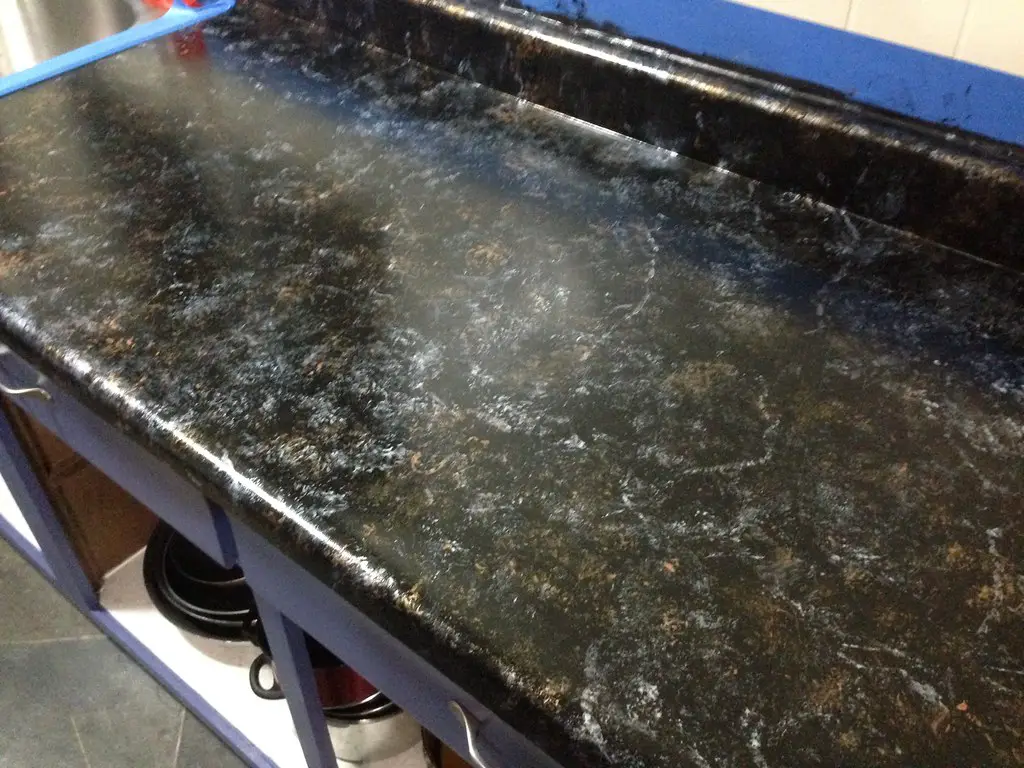
Laminate countertops were once the go-to option for budget-conscious homeowners who wanted the look of wood or stone without the price tag. In the 1970s and 1980s, faux granite and butcher block patterns were especially popular in kitchens. However, as homebuyers began prioritizing durability and resale value, laminate countertops fell out of favor. They were prone to scratches, heat damage, and peeling, making them a short-term solution rather than a lasting investment.
Today, quartz and natural stone have largely taken over the countertop market, offering superior durability and aesthetics. Even budget-conscious homeowners now opt for solid surface materials that mimic high-end finishes without the drawbacks of laminate. Many home improvement stores have phased out lower-quality laminate patterns in favor of more realistic and durable alternatives. While laminate is still available, the once-popular faux wood and stone finishes have largely been discontinued.
10. Sunken Living Rooms
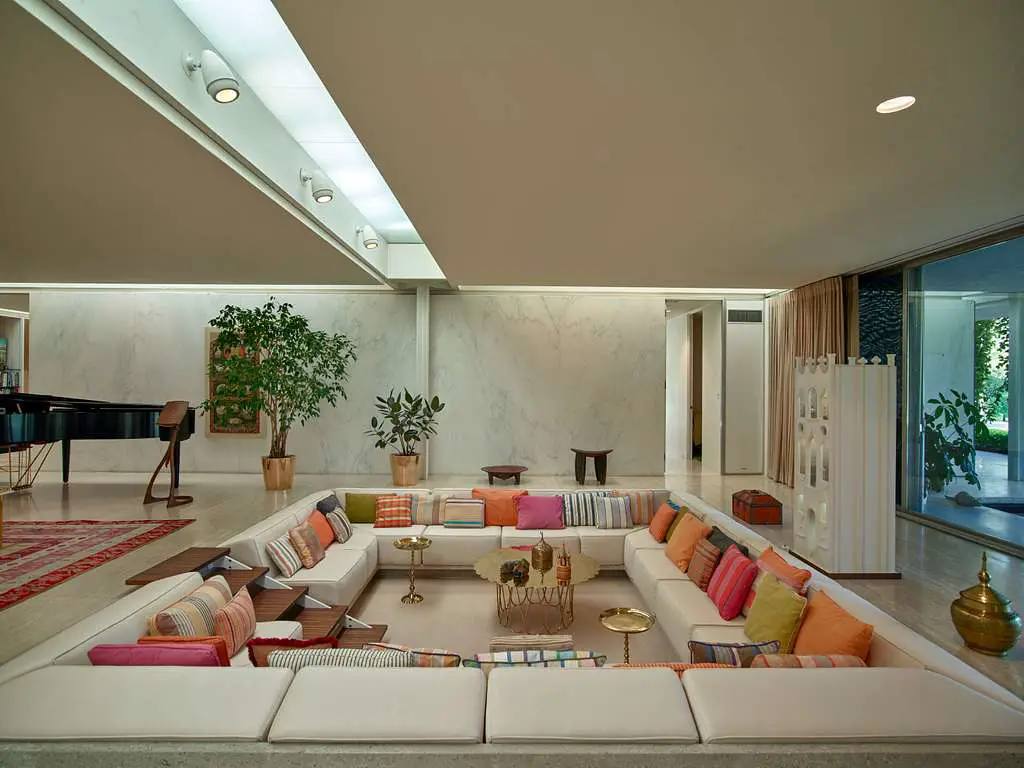
Sunken living rooms, also known as conversation pits, were a major design trend in the 1960s and 1970s, creating a cozy, intimate space for socializing. These lowered sections of the living room were often surrounded by built-in seating and served as a focal point of mid-century modern homes. However, their impracticality became clear over time—many homeowners found them to be safety hazards, especially for children and elderly residents. Tripping and falling on the uneven flooring became a common issue, leading to their decline.
As open-concept layouts became more popular, sunken living rooms started to feel outdated and inconvenient. Many homeowners have since filled in these spaces to create a level floor, improving accessibility and usability. The maintenance required to keep the recessed areas clean and the difficulty of rearranging furniture also contributed to their downfall. Today, it’s rare to see a newly built home with a sunken living room, and many homebuyers prefer a seamless, continuous floor plan.
11. Avocado and Harvest Gold Appliances
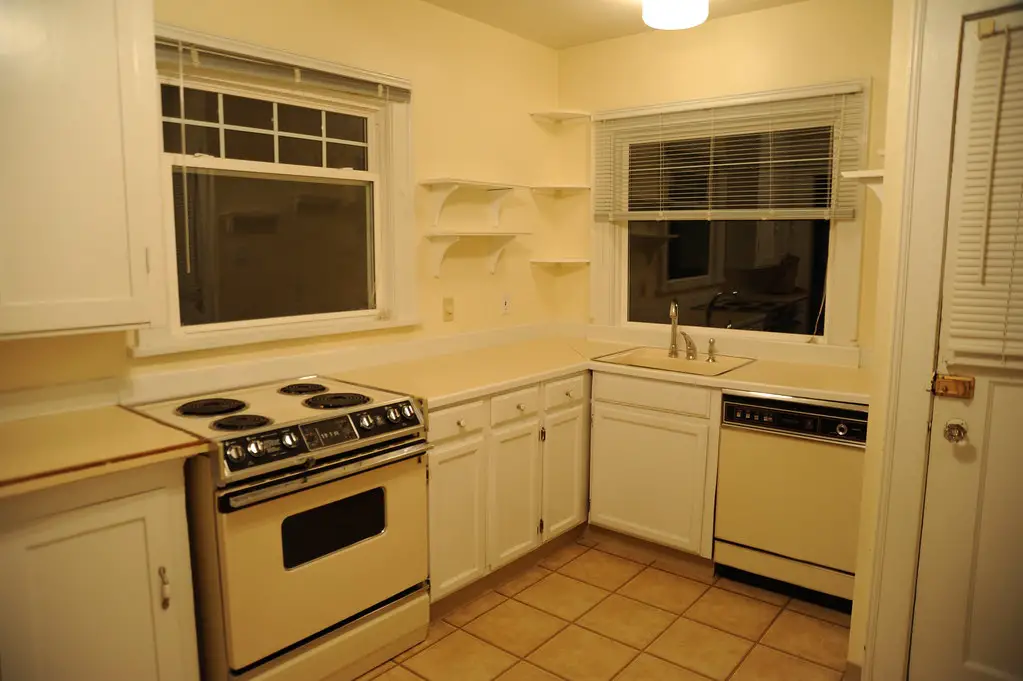
In the 1970s, kitchen appliances in bold colors like avocado green and harvest gold were a must-have for trendy homeowners. These shades dominated kitchens, offering a warm, retro aesthetic that was considered modern at the time. However, as design trends shifted toward sleek, neutral palettes, these vibrant hues became widely viewed as outdated. Stainless steel, black, and white appliances took over, making the once-beloved colors obsolete.
Today, manufacturers rarely produce appliances in these retro shades, focusing instead on modern, versatile finishes like matte black and fingerprint-resistant stainless steel. Homeowners who still have avocado or harvest gold appliances often find that they lower resale value, as buyers prefer a more timeless look. While some brands have reintroduced limited-edition retro appliances in bold colors, they remain niche products rather than mainstream options. For most homeowners, neutral-toned appliances are the way to go.
12. Wooden TV Cabinets and Entertainment Centers

In the 1990s and early 2000s, massive wooden entertainment centers were a staple in many living rooms. These bulky cabinets housed large CRT televisions, DVD players, and collections of VHS tapes, offering a dedicated space for home entertainment. However, with the rise of flat-screen TVs and wall-mounted setups, these heavy wooden units became unnecessary and impractical. Homeowners began favoring minimalist TV stands or floating shelves instead.
As streaming services replaced physical media, the need for large storage units also declined. Many people now mount their TVs directly on the wall, freeing up valuable floor space. As a result, traditional wooden entertainment centers have all but disappeared from furniture stores, replaced by sleek, modern alternatives. While some antique-style models still exist, they are no longer considered essential home furnishings.
13. Brass Fixtures and Hardware
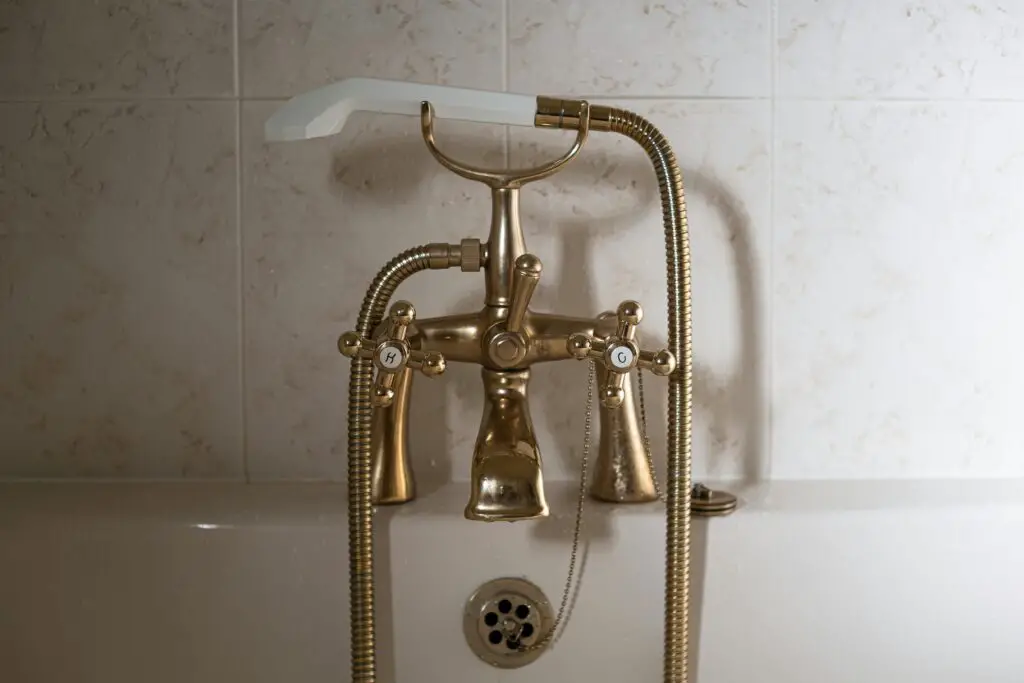
During the 1980s and 1990s, shiny brass fixtures were a symbol of elegance in bathrooms and kitchens. From doorknobs to faucets to light fixtures, brass was everywhere, adding a warm, polished touch to home interiors. However, as design preferences evolved, homeowners began favoring matte finishes like brushed nickel, oil-rubbed bronze, and black hardware. The bright, reflective brass quickly looked dated, and manufacturers gradually phased it out.
Today, while brass has made a subtle comeback in softer, muted tones (like antique or satin brass), the highly polished, yellow-toned brass of the past is rarely found in modern homes. Many homeowners have replaced old brass fixtures with more contemporary styles to increase resale value. Designers now emphasize mixed-metal finishes and understated metallics, moving away from the overly bright brass trend. While you can still find brass fixtures, the original high-gloss versions have mostly been discontinued.
